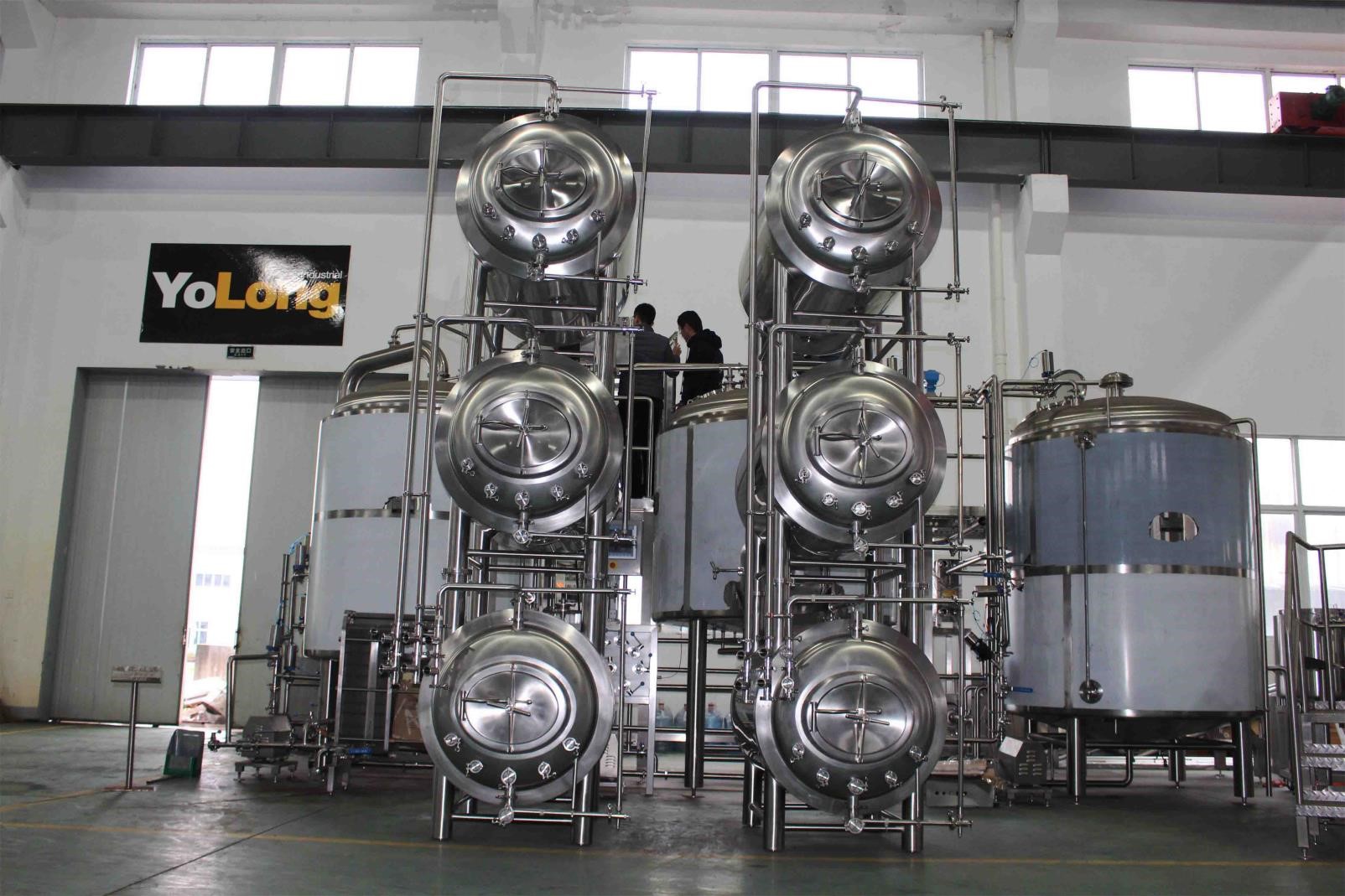How to Make a Brewery Step-by-Step
Starting your own brewery is an exciting venture that combines passion, craftsmanship, and business acumen. Whether you’re dreaming of a small craft brewery or a large-scale production facility, the process involves careful planning, investment, and adherence to legal regulations.
Understanding the Brewery Business
The brewery business is booming, with craft beer becoming increasingly popular worldwide. However, before diving in, it’s crucial to understand the industry’s dynamics. The beer market is highly competitive, and success depends on factors like product uniqueness, target audience, pricing, and distribution channels.
Craft breweries, microbreweries, and nanobreweries cater to different market segments, with varying production volumes and target customers. A deep understanding of brewing trends, consumer preferences, and potential challenges (such as regulatory hurdles and production costs) is essential.

Creating a Brewery Business Plan
A well-structured business plan serves as a roadmap for your brewery. It should include:
- Executive Summary: A brief overview of your brewery’s mission, vision, and goals.
- Market Analysis: Insights into the target market, competitors, and industry trends.
- Business Model: Define whether you’ll operate as a taproom, brewpub, or production brewery.
- Financial Plan: Projected startup costs, revenue estimates, and funding sources.
- Marketing Strategy: Branding, promotional campaigns, and distribution plans.
- Operational Plan: Day-to-day brewery operations, staffing needs, and supply chain management.
This plan is crucial for securing investors and ensuring long-term success.
Choosing the Right Location
Your brewery’s location can significantly impact its success. Consider the following factors when selecting a site:
- Foot Traffic & Accessibility: Breweries in high-footfall areas attract more customers.
- Space Requirements: Ensure the location can accommodate brewing equipment, storage, and seating areas (if applicable).
- Zoning Laws & Permits: Check local regulations to ensure your brewery can legally operate in the chosen area.
- Utility Availability: Brewing requires a stable supply of water, electricity, and gas.
- Proximity to Suppliers & Distributors: A location near suppliers helps reduce logistics costs.
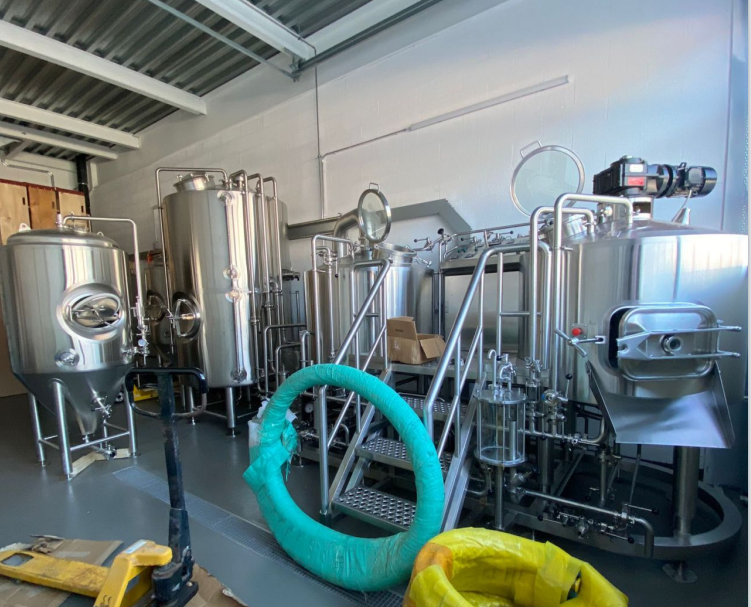


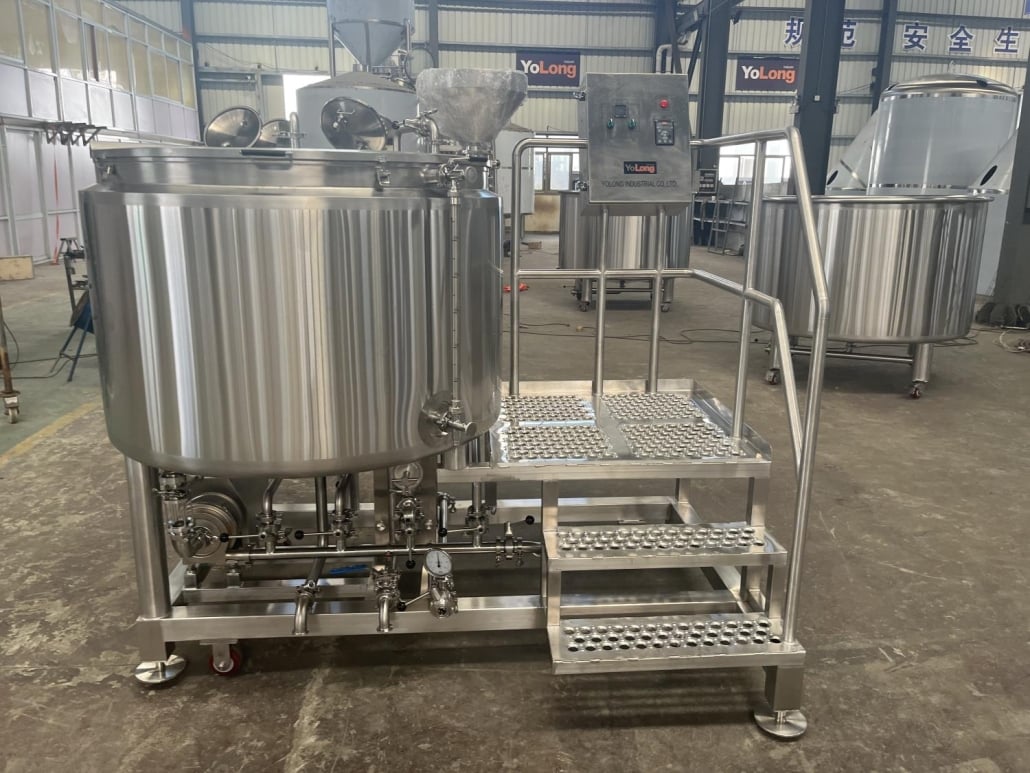
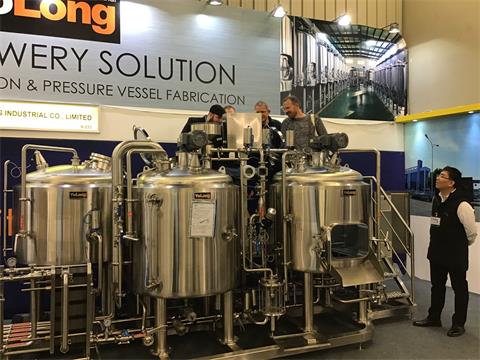

Essential Brewery Equipment
To ensure efficient brewing operations, you’ll need a variety of equipment. Below is an essential brewery equipment list:
| Equipment | Description | Price Range |
|---|---|---|
| Brewing Kettle | Used for boiling wort during brewing | $2,000-$10,000 |
| Fermentation Tanks | Vessels where yeast converts sugar into alcohol | $5,000-$50,000 |
| Mash Tun | Container for mixing grains with hot water | $3,000-$15,000 |
| Lauter Tun | Separates liquid wort from grain solids | $2,000-$10,000 |
| Wort Chiller | Cools down wort before fermentation | $1,000-$5,000 |
| Kegs & Bottling Line | Used for storing and packaging beer | $5,000-$50,000 |
| Cleaning Equipment | Ensures sanitary brewing conditions | $500-$5,000 |
The total cost for a small brewery setup ranges from $50,000 to $500,000, depending on size and automation level.
The Brewing Process
The brewing process consists of several key steps:
- Milling the Grains: Barley and other grains are ground to extract fermentable sugars.
- Mashing: The milled grains are mixed with hot water to create wort.
- Lautering: The wort is separated from solid grain husks.
- Boiling: The wort is boiled, and hops are added for flavor.
- Cooling & Fermentation: The wort is cooled and transferred to fermentation tanks where yeast is added.
- Conditioning & Carbonation: The beer is aged and carbonated before packaging.
- Packaging & Distribution: The final product is kegged, bottled, or canned for sale.
Legal Requirements & Licenses
Starting a brewery requires obtaining multiple licenses and adhering to legal regulations:
| Requirement | Description | Issuing Authority |
|---|---|---|
| Brewer’s Permit | Federal permit required for commercial brewing | Alcohol and Tobacco Tax and Trade Bureau (TTB) |
| State Liquor License | Allows the sale of alcoholic beverages | State Alcohol Board |
| Health & Safety Permits | Ensures compliance with sanitation standards | Local Health Department |
| Business License | Legal authorization to operate a business | Local Government |
| Zoning Permits | Confirms brewery location is suitable | City Planning Office |
| Environmental Permits | Regulates waste disposal and emissions | Environmental Protection Agency (EPA) |
Failing to secure the right permits can lead to legal troubles and hefty fines.
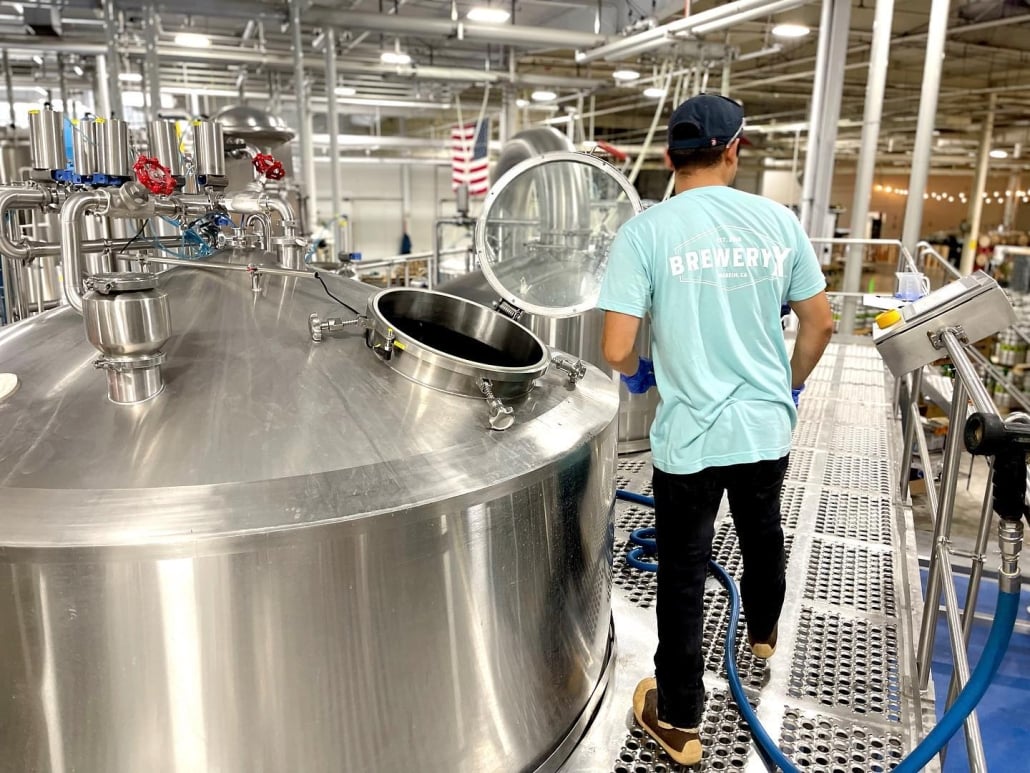
Branding & Marketing Your Brewery
A successful brewery isn’t just about great beer—it’s about great branding and marketing. Consider the following:
- Brand Identity: Choose a unique name, logo, and theme for your brewery.
- Social Media Marketing: Use Instagram, Facebook, and TikTok to engage with beer enthusiasts.
- Website & SEO: Optimize your website with SEO keywords and content to attract organic traffic.
- Local Partnerships: Collaborate with bars, restaurants, and retailers for promotions.
- Events & Tastings: Host beer tasting events and brewery tours to build community engagement.
- Merchandising: Sell branded merchandise like T-shirts, hats, and glassware to boost brand visibility.
FAQ
| Question | Answer |
|---|---|
| How much does it cost to start a brewery? | Costs range from $50,000 for a small setup to over $1 million for large breweries. |
| How long does it take to start a brewery? | Typically 6 months to 1 year, depending on licensing and equipment setup. |
| What licenses do I need to open a brewery? | A Brewer’s Permit, State Liquor License, Health Permits, and Business License. |
| What is the best type of beer to start with? | A popular and approachable style like an IPA, lager, or pale ale. |
| How do I market my brewery? | Use social media, SEO, local partnerships, events, and branded merchandise. |
| Can I start a brewery from home? | Laws vary, but most places require commercial licensing for sales. |
Share this entry
Interested in learning more about Brewing Systems including additional details and pricing information? Please use the form below to contact us!
YOLONG BREWERY EQUIPMENT FAQS
- Commercial Brewery / Craft Brewery / Microbrewery / Nanobrewery
- What is The Difference Between Craft Beer and Industrial Beer?
- The Bespoke Differences In Custom Brewing Systems
- Everything You Need to Know About Kettle Souring
- How to Choose Brewing Equipment for Your business?
- How To Choose The-Best Partner To Build Your Commercial Microbrewing System?
- Two Detection Sensors That You Need To Use In Your Brewhouse System
- Remote Control Applications in Brewing Equipment/How does it work?
- How To Clean Your Brand New Brewery Tanks?

